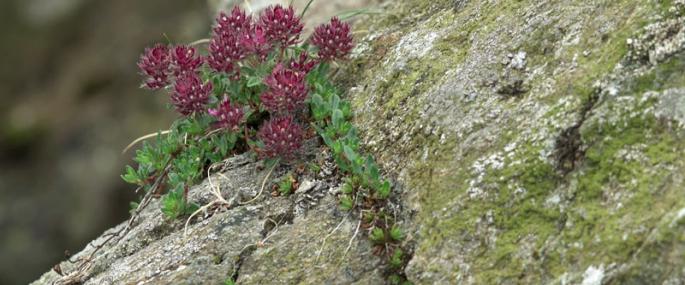Wild Thyme is by far the most widespread and abundant of the thyme species. Walk across a chalk grassland in summer and its fragrance will punctuate the warm air around you - a delightful, sensory experience. Often forming mats low to the ground, it can also be found growing in short-turfed pastures and meadows, and on cliffs, walls and rocky places.
Areas of rare and unique wildlife, chalk grasslands have been likened to rainforest for the diversity of species they hold. But they are being lost at an alarming rate due to changes in land use causing the decline of grazing: it's estimated that we've lost 80% of our chalk grassland over the last 60 years. The Wildlife Trusts manage many grassland nature reserves for the benefit of the rare wildlife they hold. You can help too: volunteer for your local Wildlife Trust and you could be involved in everything from scrub-cutting to stockwatching.
